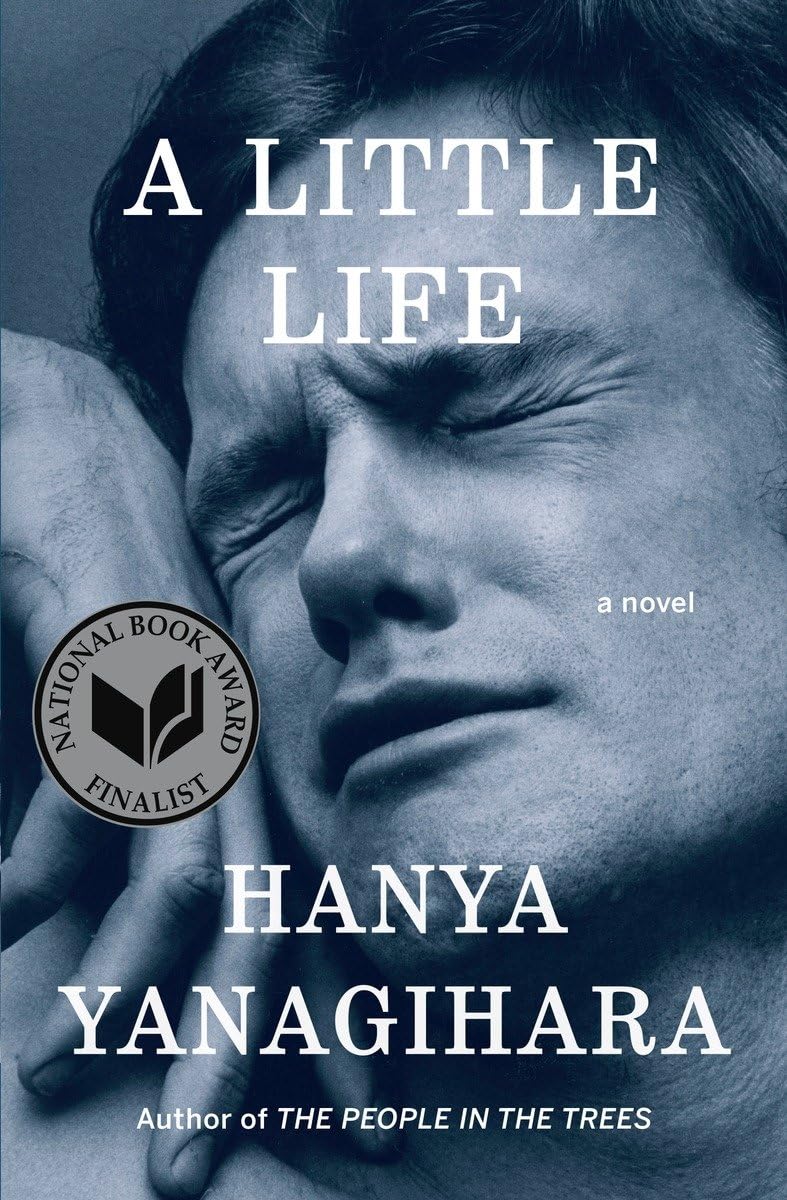The realization gnawed at him, making him wonder if he had fallen behind or if he was simply on a different path. His peers were designing more than just functional spaces; they were reimagining the very philosophy of architecture, creating blueprints that spoke in metaphor rather than utility. Meanwhile, he focused on creating spaces where people could live, work, and find comfort, but he questioned if that was enough—if, in an industry driven by statements, there was any space left for the unembellished necessity of good, practical design.
At twenty-four, twenty-six, or even twenty-seven, it was acceptable to still be finding yourself, testing ideas, refining a style. But at thirty, an age that seemed to mark some unspoken professional milestone, he felt the pressure to have already arrived, to have something definitive to show for all his years of study and experience. He envied those who seemed to know exactly what they wanted to do, who spoke about architecture with absolute certainty, as though they had unlocked some fundamental truth he had yet to discover.
The fear of stagnation settled deep in his mind, whispering doubts about whether he was really growing as an architect or merely going through the motions. While his friends spoke about revolutionizing urban spaces and breaking the mold of conventional design, he found himself drawn to the quiet beauty of practicality—to spaces that weren’t necessarily groundbreaking but that worked, that felt natural, that invited people in without making them feel as though they were part of an experiment. But he worried that others saw his approach as uninspired or outdated, that he was designing things that had already been done rather than innovating for the future.
He thought back to the buildings that had inspired him as a student, the ones that had first made him want to pursue architecture. They weren’t avant-garde masterpieces or bold declarations against tradition—they were the homes, the libraries, the schools that had shaped his world, the spaces that had felt safe, warm, and human. Perhaps that was what had drawn him to architecture in the first place—not the desire to change the world, but to create spaces where people could exist without effort, without needing to adjust to the design but instead feeling naturally at home within it.
Yet, he couldn’t shake the feeling that architecture, at least in his professional circles, had become less about what was useful and more about what was provocative. If a structure wasn’t challenging convention or subverting expectations, was it even worth designing? He saw his colleagues thrive on their ability to articulate abstract ideas, to embed philosophies into their work, and he wondered if he lacked that ability—if he was simply too straightforward, too ordinary, to be considered great.
As he walked the city streets that night, he let these thoughts weigh on him, his mind cycling through every project he had worked on, every design he had abandoned, every sketch that had felt both promising and inadequate. He thought of his younger self, the one who had dreamed not of grandeur but of functionality, of warmth, of spaces that could be lived in rather than merely admired. And he wondered if that was enough, if creating something simple but lasting could ever hold the same prestige as designing something revolutionary.
Maybe, he thought, he would never be the kind of architect that redefined skylines or challenged the fundamental principles of design. Maybe he wasn’t meant to make a statement or disrupt an industry. But maybe, just maybe, there was nothing wrong with building a building that was just a building—as long as it was built to stand, to shelter, and to endure.


